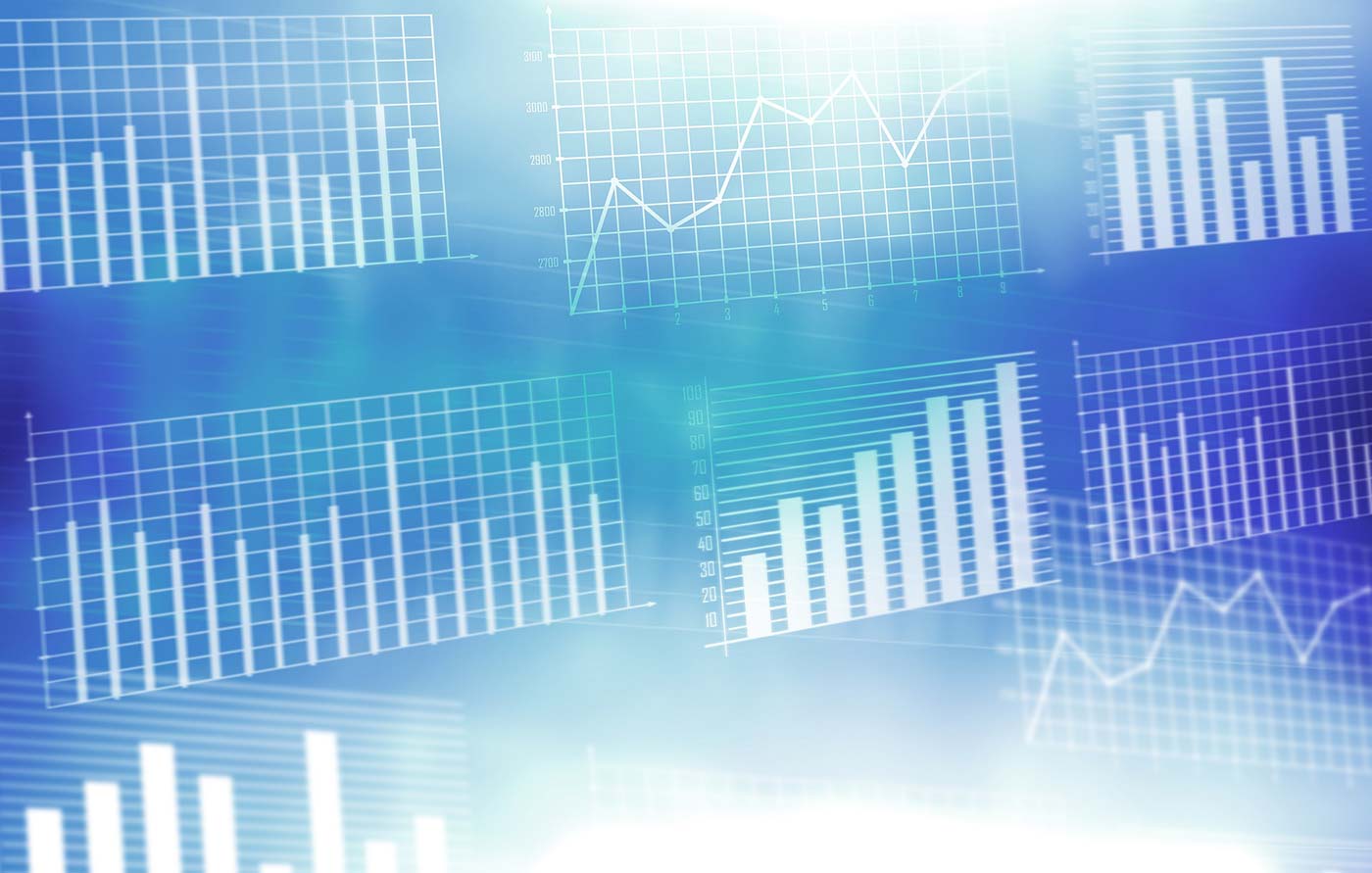8 fintech trends on our radar
AI, blockchain, payment regionalization, and other fintech trends to watch.
 Financial charts (source: TeroVesalainen via Pixabay)
Financial charts (source: TeroVesalainen via Pixabay)
Fintech has recently seen big changes, a lot of investment, and some regulatory challenges. What will happen in this space in the short term? Here’s what we’ll be watching.
1. AI will be implemented across the stack
AI is sweeping across all industry sectors, including financial services. AI touches customer interactions (voice services like Siri and dialog systems), fraud detection, trading, and risk management (machine learning), and is being used to automate many back-office tasks (robotic process automation). AI technologies are also giving rise to new fintech startups that use techniques like computer vision to unlock new datasets (e.g., aerial images).
2. New products will make advanced analytics easier
Talk to any vendor or startup in big data analytics or cloud computing and they probably have key customers in financial services. This means that many technology providers will create products tailored for finance (most likely products that comply with existing regulations), which lowers the barrier to using advanced analytics.
3. Blockchain technologies will be used in financial services products
Blockchain technologies are being used by startups to disrupt existing financial services products, but there are also proof-of-concept projects that rely on blockchain tools taking place in most financial institutions. The technology is promising enough that interest in blockchains isn’t limited to financial services. Within finance, one area where blockchain technologies has grown rapidly is access to business capital (via ICOs).
4. Data partnerships will increase
Companies have long sought more data to understand their customers. A typical consumer holds accounts with more than one financial services company. With more companies vying for the attention of consumers, data partnerships are being formed to enable companies to share (complementary) data securely.
5. We’ll see even greater regionalization and regulation in payments
Our daily transactions now involve payment systems (mobile, online, and offline) that didn’t exist a decade ago. This is an area where both startups and global companies are flourishing. The technologies, protocols, and players vary by region. I’m amazed by how widely used QR codes are in China (WeChat and Alipay) and the rest of the world (GoPay in Southeast Asia, Paytm in India). For companies operating in the EU, PSD2 is a new 2018 regulation aimed at fostering innovation and competition in the payments industry.
6. Customer experience will be increasingly mobile
Judging by how much time users spend on them, platforms like WeChat, Facebook, and the iPhone will increasingly be how customers interact with financial services. This is particularly true in regions of the world where mobile phones are the only broadly available connected devices.
7. There will be increased pressure around privacy and security
GDPR is a new data protection regulation aimed at companies doing business in the EU (including financial services companies). With Equifax joining the list of the worst security breaches of 2017, look for companies to start distinguishing themselves (again) on how they approach customer privacy and cybersecurity.
8. More quants will be analyzing or trading cryptocurrencies
No list of trends is complete without a word about the value of bitcoin, ethereum, and other cryptocurrencies. As a recent article in The Economist reminds us, “A currency has three main functions: store of value; means of exchange; and unit of account.” Bitcoin doesn’t do a good a job on all three fronts, but its value keeps trending up. One reason might be that more people are trading (buying and selling) cryptocurrencies. In fact, I believe we’ll see more technologists and quantitative types jumping into trading cryptocurrencies.
